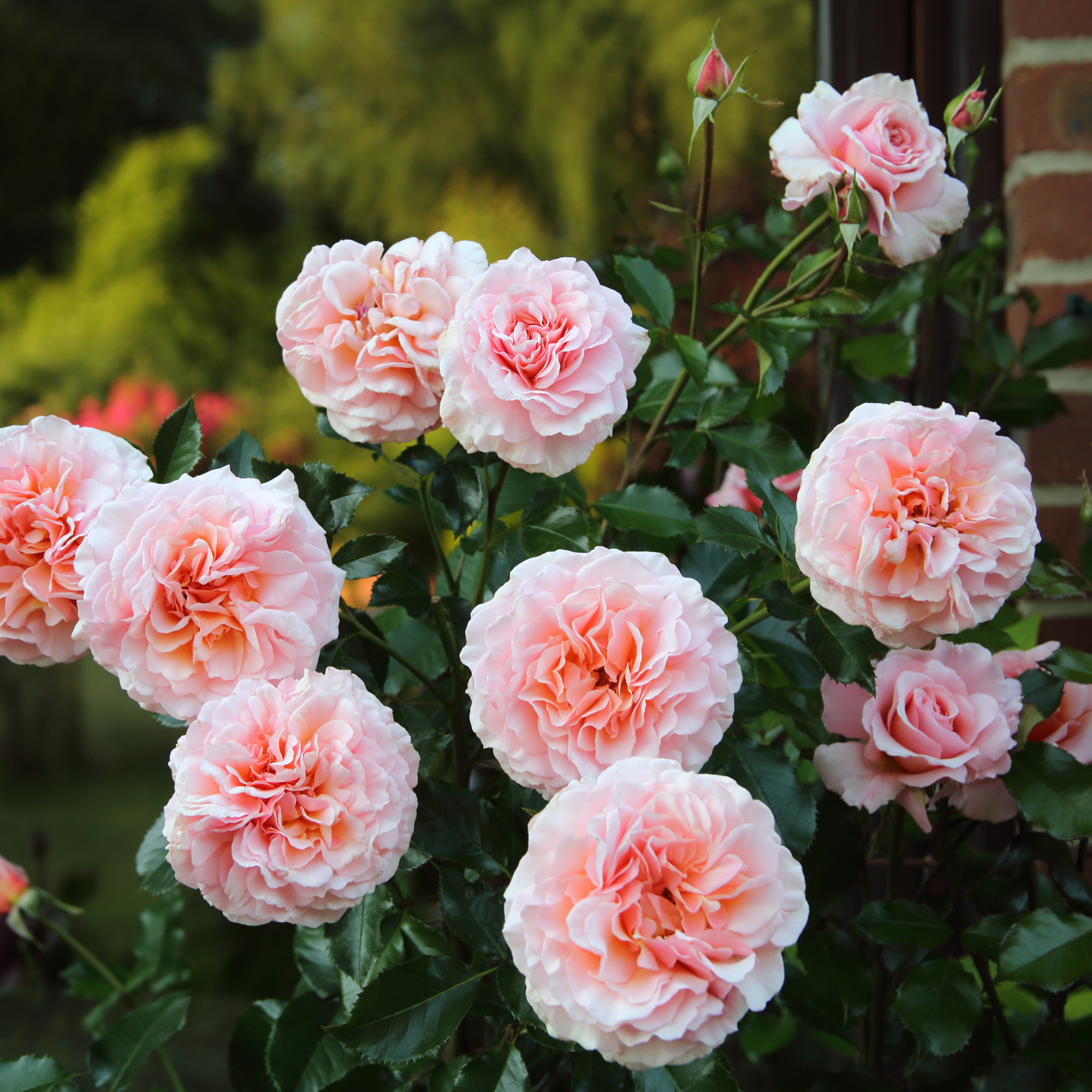
Although many of us anticipate the coming of spring, there are a handful of us who unfortunately know the worst is coming: hay fever. However, just because you suffer from hay fever doesn't mean you can't partake in tending your garden this season. You just have to be a little craftier with ensuring you avoid the plants that are bad for hay fever and sub them in for allergy-friendly alternatives.
So, before you go ahead and decide what to plant in your garden in March, it might be worth your while to get clued up on the plants experts recommend steering clear of and what to opt for instead for an equally stunning garden idea – perfectly fit for the springtime.
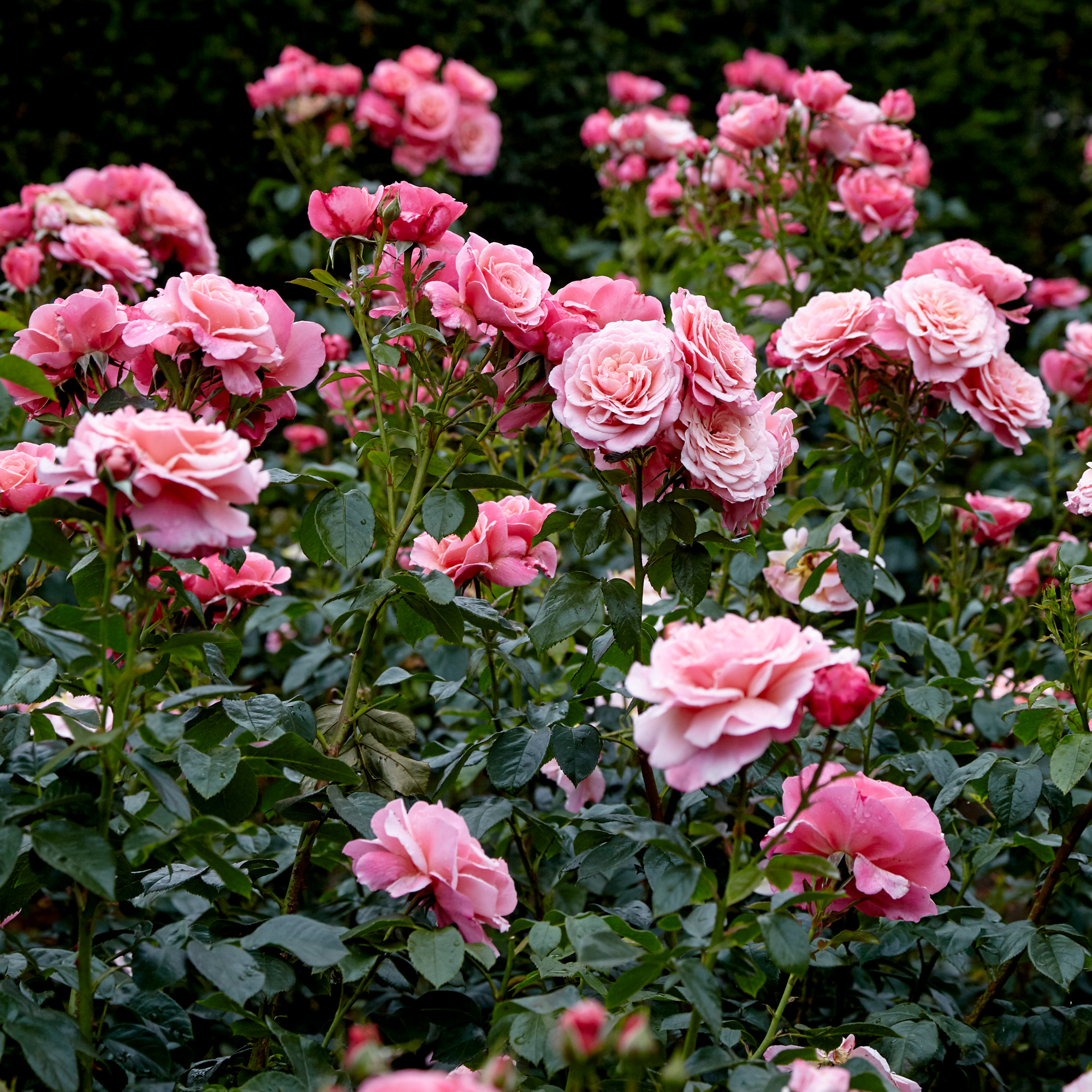
Plants to avoid in the garden if you have hay fever
'If you suffer from hay fever, there are some plants in your garden that may be potentially contributing to this,' begins Craig Morley, gardening expert at Budget Seeds. 'However, there are some alternatives that you can have in your garden instead without having to compromise on colour or variety.'
1. Swap out daisies for chamomile
'Daisies are quintessential to many gardens but are notorious for aggravating hay fever symptoms due to their pollen,' explains Craig Wilson, co-founder, director, and in-house gardening expert at Gardeners Dream.
Therefore, consider swapping them out for chamomile instead. That's right. They're not just ideal for calming teas but make for a beautiful wildflower garden idea, too – minus all the sneezing.
Craig assures that they offer a 'similar dainty appearance with its white petals and yellow centres but is generally more allergy-friendly'.
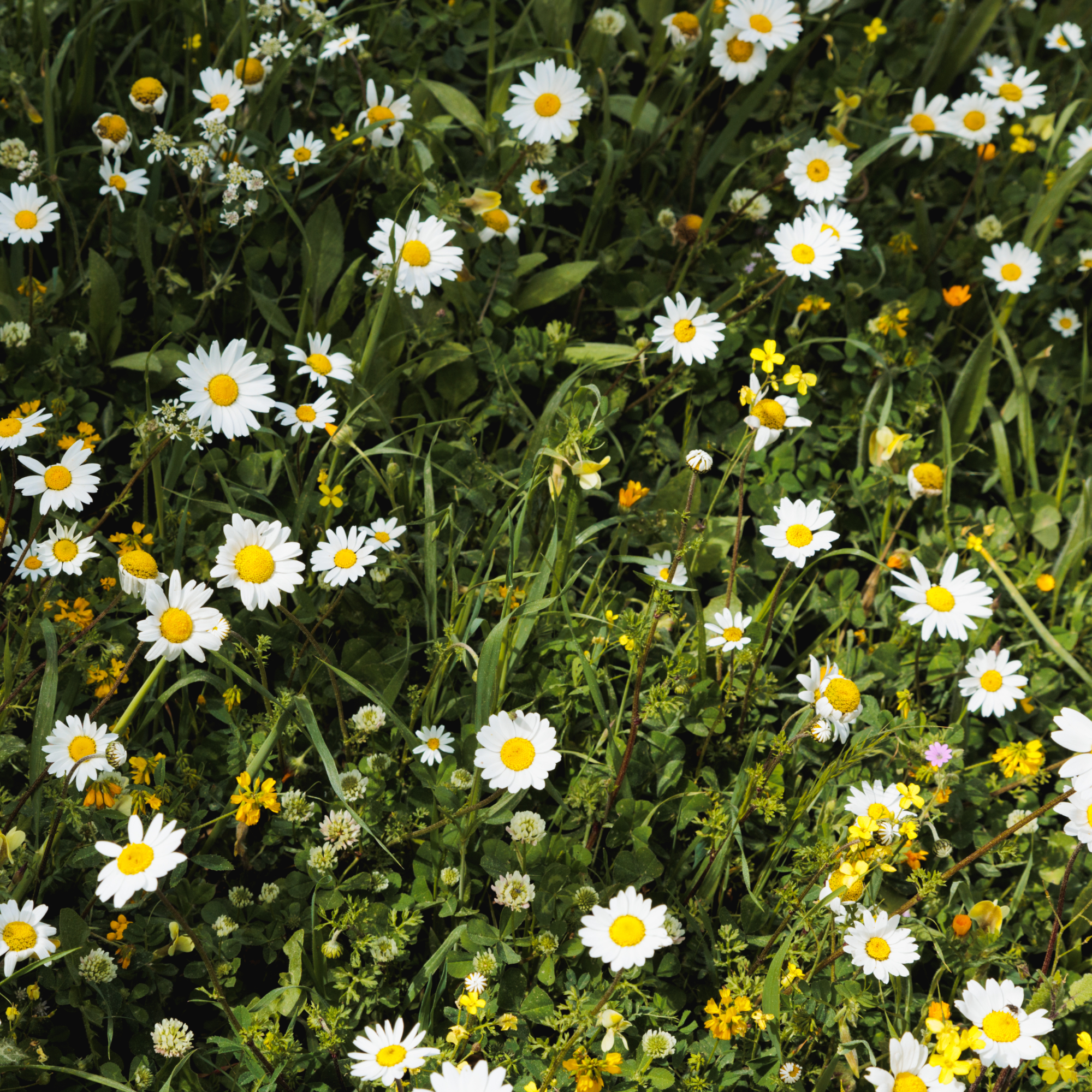
2. Opt for roses over dahlias
Dahlias are easily one of the best bulbs to plant in spring for a garden bursting with colour, even when they're pot-grown. However, it's no secret that they are often bursting with pollen, making them a hay fever sufferer's worst nightmare.
'Their pollen can be stronger than that of other flowers, so it is best to not keep these in your garden,' explains Craig Morley. 'Instead, consider replacing your dahlias with roses.'
'Roses only often release a small amount of pollen into the air and their pollen particles are usually too large to become airborne, so are a better choice if you have hay fever.' So, if you've got roses in your garden it might be a good idea to prune them now before it's too late and get them ready.

3. Consider gerbera daisies over sunflowers
Sunflowers are undeniably a beautiful addition to a garden, but their pollen is unfortunately quite problematic for those with allergies.
Instead, Craig Wilson suggests opting for gerbera daisies in your garden to achieve that splash of colour. 'They come in a wide range of vibrant colours and have a similar bold presence as sunflowers. Importantly, they produce less pollen, making them a safer choice for hay fever sufferers.'
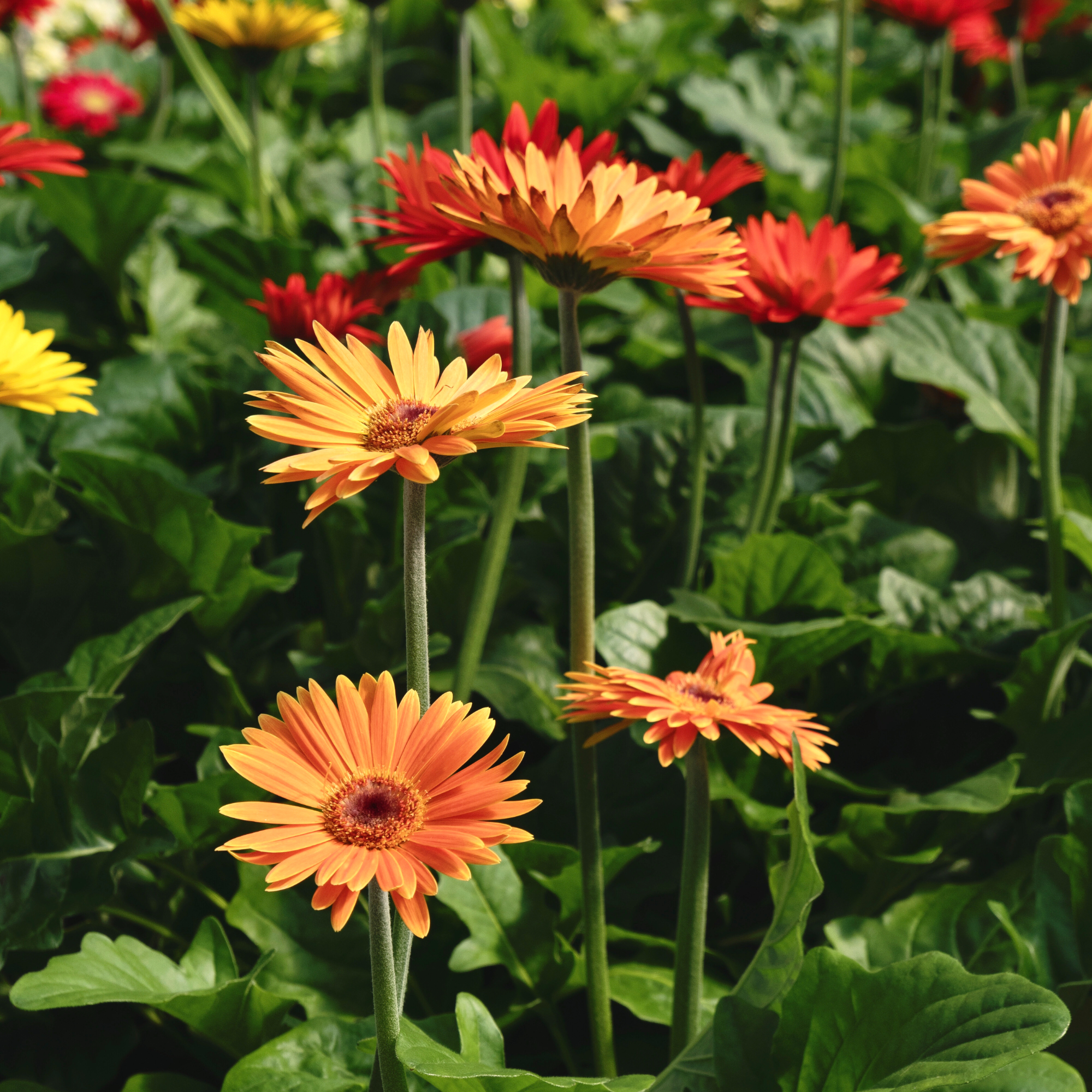
4. Swap out lavender for foxgloves
'Lavender is loved for its scent and purple hues but can trigger hay fever symptoms for some due to its pollen,' explains Craig Wilson.
Therefore, in that case, consider opting for foxgloves (digitalis) in your garden instead. Craig explains that their tall spikes of tubular flowers, reminiscent of lavender's shape and stature make them a great alternative.
'While they provide a different colour palette, they maintain a similar vertical interest and are less likely to provoke hay fever reactions. Ensure to handle with care, as foxgloves are toxic if ingested,' he warns.

5. Opt for hostas instead of grasses
Last but not least, grass is a renowned offender for triggering hay fever. Ornamental grasses, in particular, are popular for their texture and movement but of course, aren't the best choice for those with hay fever.
Instead, swap them out for hostas. 'These come in a variety of shapes and sizes and can provide the garden with a similar low spread of colours – greens, yellows, whites, and even blues – without the pollen,' says Craig Wilson. Better yet, they're an easy garden idea that will add depth and interest to your outdoor space with little effort and maintenance required.
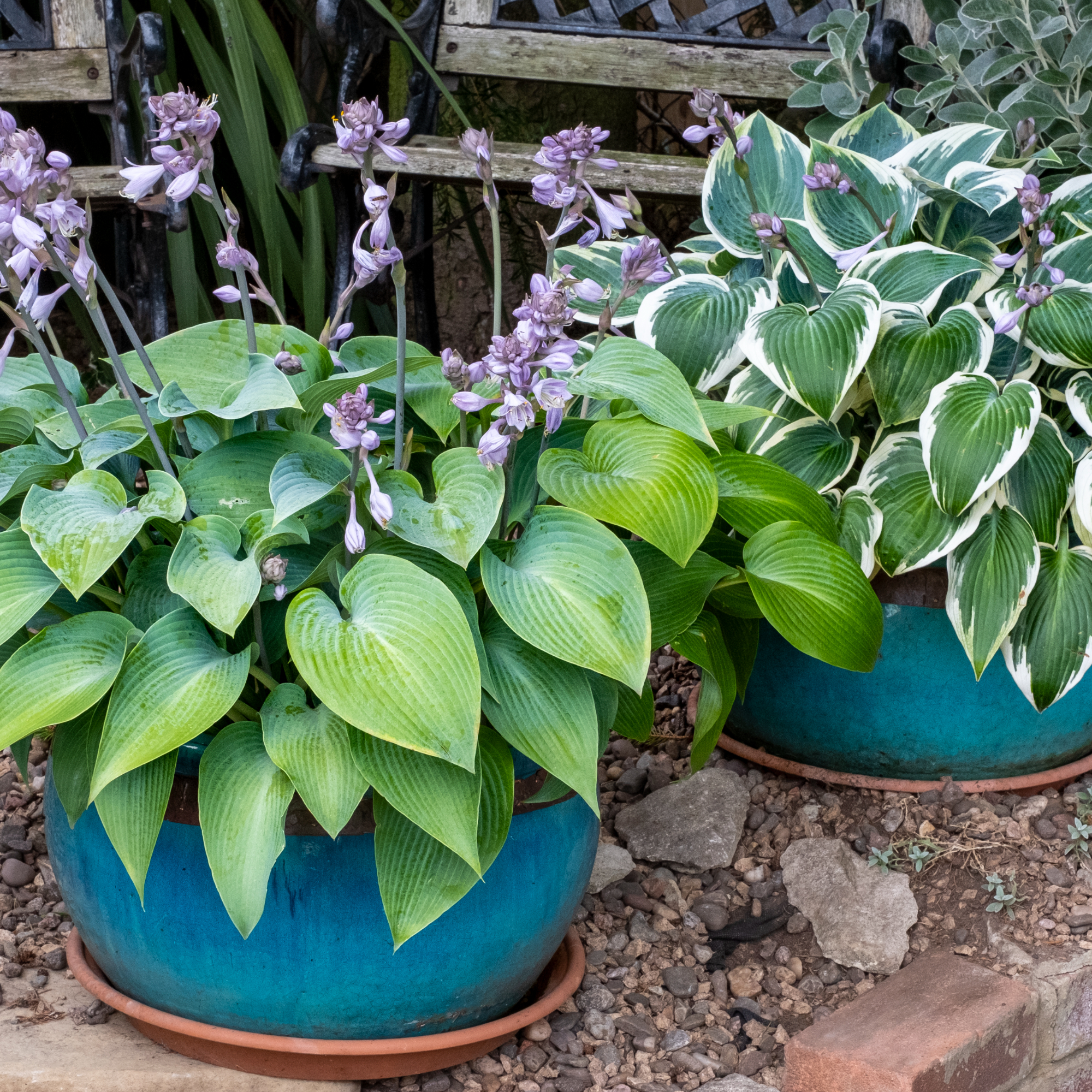
FAQs
Which plants cause hay fever?
As a general rule of thumb, the plants that are likely to trigger hay fever symptoms the most are those which are wind-pollinated. Therefore, it's best to opt for plants that are either insect-pollinated, pollen-free, or avoiding flowering species altogether.
What are the best garden plants for hay fever sufferers?
'If you are trying to create a hay-fever friendly garden, try to go for plants that are insect-pollinated instead of wind-pollinated, such as peonies and hydrangeas,' says Craig Morley at Budget Seeds.
'Both of these flowers have thicker, more sticky pollen, which cannot travel through the air easily. Plants that have bell shaped flowers may also be less triggering for hay fever sufferers, as their pollen is harder for the wind to disperse, and hybridised varieties of flower are less likely to have high pollen levels.'
Now you know what plants to avoid in the garden if you have hay fever, and the best alternatives to opt for instead that don't compromise on colour or beauty in your spring garden.







